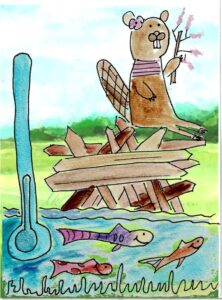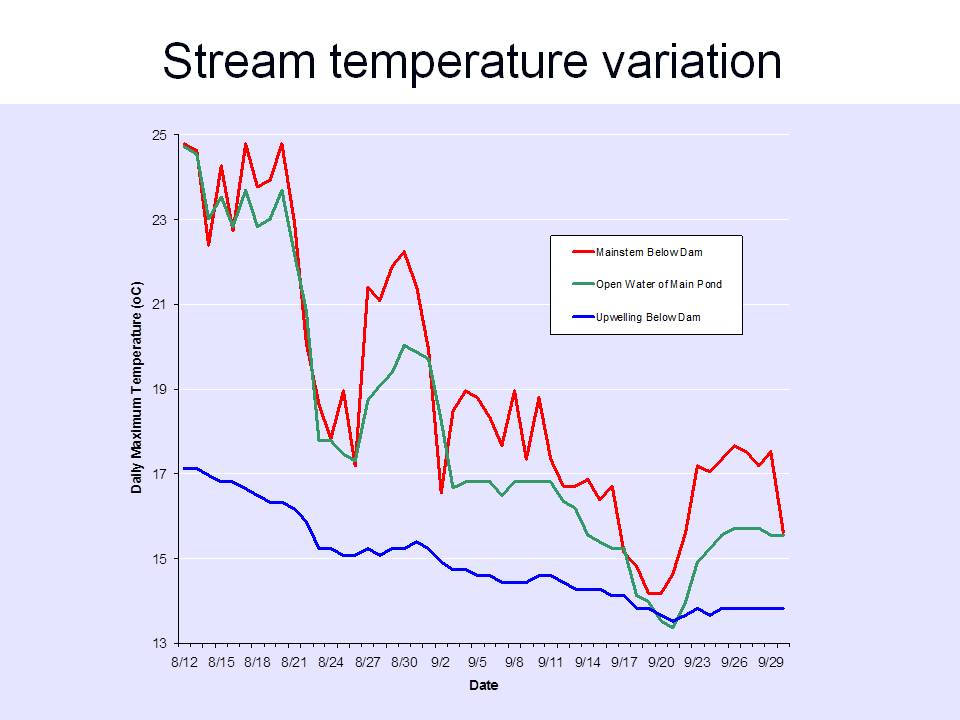We are just days away from the State of the Beaver conference where everyone will gather at the Casino in Canyonville and talk beavers. This year without me. I was touched to be contacted by Mike Callahan who is apparently presenting on the history of the beaver movement for the past 25 years and felt Worth A Dam should be included.
As you know, the SURCP State of the Beaver Conference starts in 10 days, and I will be giving a presentation reviewing the progression of beaver advocacy and management over the past 25 years. I am putting together my presentation right now (sadly last minute), and with your permission I would like to reference the great contributions you have made to our collective efforts.
If that is okay with you, would you be willing to email me a few sentences of what you would like highlighted from your work, as well as a few photos or logo I can show to the audience in my PowerPoint presentation? I would be honored to share them with the SOB audience. I only wish we could be there together again.
So I quickly made three slides with a short blurb for each and I thought you’d enjoy them.
No one expected beavers to move into Martinez California and build a dam in the middle of town. But they did. When the city worried about flooding and decided they should be trapped no one expected people to object either. But they did. Worth A Dam was formed to advocate for the beavers, teach people how to live with them and why they mattered.

We soon learned that the best way to change the city council’s mind was to change the voters minds and the best way to do that was by making information fun, friendly and accessible to residents and families. The first beaver festival was held in 2008 and this summer will mark the 15th. Once the Martinez beavers were safe Worth A Dam started to help other cities from New Hamspshire to New Mexico and Canada successfully coexist with their beavers.
Back when the beavers came to Martinez there were three sites on the entire internet about how to coexist. Heidi wanted information to be easier to get so her website has posted updated research, news, stories and facts about beavers every day since 2008. It’s how she met and introduced many of us. This lead to the publication of the California historical papers which changed thinking around the state. In 2022 Worth A Dam was able to pull sources together and organize the California Beaver Summit which had attendance of 1000 and prompted state wide changes in beaver policy.
One of Heidi’s favorite sayings is “Any city smarter than a beaver can keep a beaver, and knows why they should.”
Well now that was fun and it gives the illusion that my crazy life for the past 17 years actually makes sense, Of course no look back on the heroes of the past 25 years makes any sense without this: These voices are the real players.







